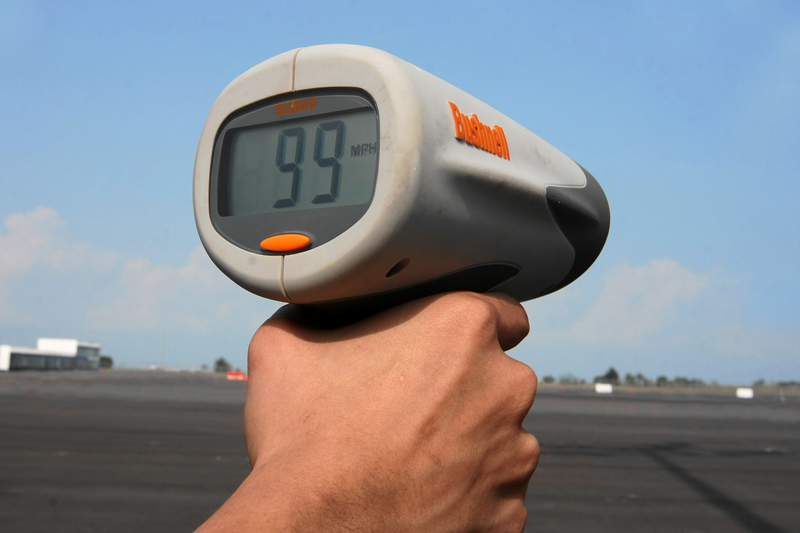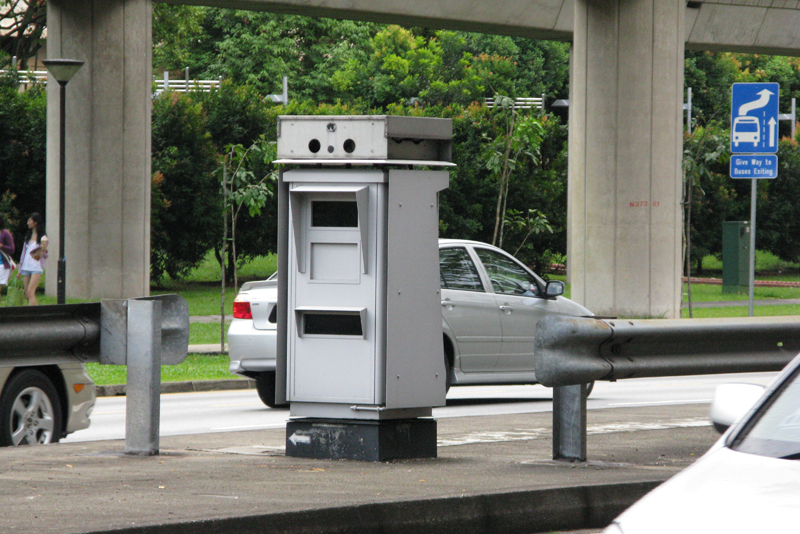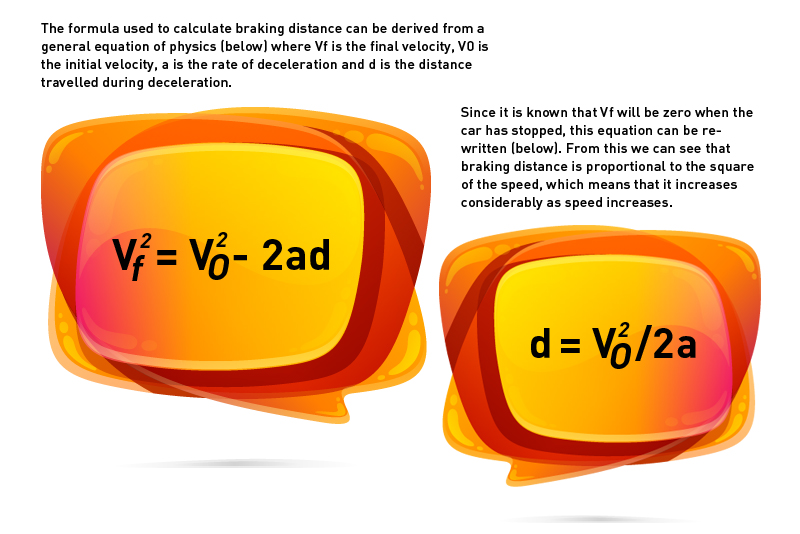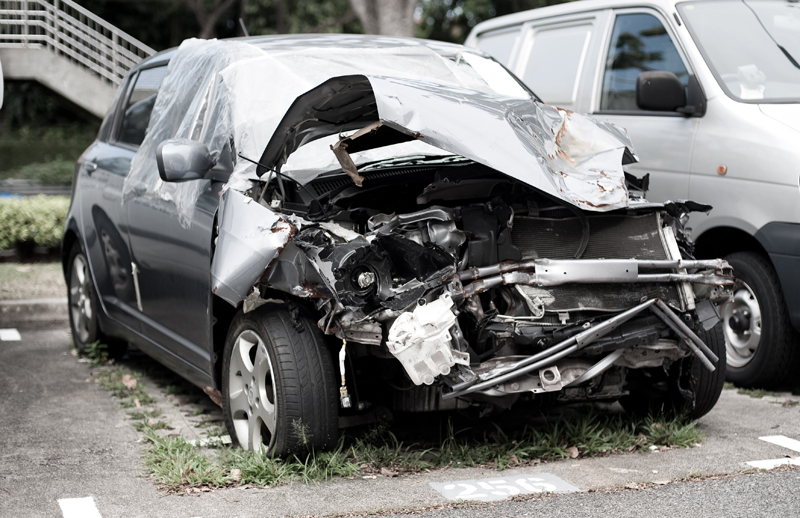Have you ever wondered why speed traps and covert operations conducted by the Traffic Police are in place? That is because inappropriate speed is a danger on public roads.
Many of us deceive ourselves when driving. Often one would reckon that while the speed limit is capped at 60 km/h, the police would not pull the driver over if he or she exceeds the legal speed limit by a few more kilometres, thus the driver merrily lets his or her speedometer float just slightly above the speed limit, unaware that by doing so results in an exponential increase in the possibility of a fatal consequence happening. Using data from actual road accidents, records show an estimated relative risk of a car becoming involved in a fatal accident in which people are killed or maimed, for cars travelling at or above 60 kilometres per hour. It is also found that the risk doubles for every five kilometres per hour above 60. Thus, a car travelling at 65 kilometres per hour is twice as likely to be involved in a fatality as one travelling at 60. For a car travelling at 70 kilometres per hour, the risk quadruples. For speeds below 60, the probable likelihood of an accident is proportionately reduced.

So what is the relationship between the variables of the increased chances of being involved in a fatal accident per the increase of speed? One factor for this is reaction time, which is the time taken by a person to perceive danger and his or her reaction to it. Consider this hypothesis: Two cars of equal weight and braking ability are travelling along the same road. Car One is travelling at 65 km/h and is overtaking Car Two, which is travelling at 60 km/h. An independent variable which is a child on a bicycle named X emerges all of a sudden from a driveway just as the two cars are side-by-side. The drivers both see X at the same time and both take 1.5 seconds before they fully apply the brakes. In those few moments, Car One travels 27.1 metres and Car Two travels 25 metres. The difference of 2.1 metres might seem insignificant, but combined with the other variables it could mean the difference between X cycling down the street to his favourite candy store or being plastered to the tarmac in a bloody mess.

The figure of 1.5 seconds is the reaction time of an average driver. A driver who is distracted by various elements such as listening to loud music, using a mobile phone or driving under the influence of alcohol may take as long as three seconds or more to react. The second variable is the braking distance which is the distance a car travels before stopping when the brakes are applied. This is also dependent on numerous factors, for example the gradient of the road is important, as a car will retard its speed faster if it is going uphill due to gravitational pull coupled with the car’s weight. Next, the frictional resistance between the road and the car's tyres is also important. A car with new tyres on a dry road will be less likely to skid and will stop more quickly than one with worn out treads on a wet road, which is very bad. If the fore mentioned two factors are ceteris paribus, the determining factor that has the most influence on braking distance is the initial speed of the cars.

From the diagram above, we can now see why Car One is more likely than Car Two to hit X and this hypothesis is taken with the assumption that the driver has a normal average reaction time. If the driver is distracted or driving under the influence of alcohol, then he or she will have a longer than average reaction time to knock X down without having any chance of applying brakes at all.

The Traffic Police is taking a firm stance against those with the propensity to floor their accelerators through the employment of some of the most advanced technology in the world such as speed traps, speed radar detection guns and the mobilisation of 24-hour patrols, with the latest mobile stealth laser cameras. They are constantly positioned in various locations island wide and these new cameras can photograph two cars per second, showing not only your number plate but the driver’s image as well. Thus the chances of being caught speeding are greater than ever and unless the transgressor’s car can travel faster than the speed of light, it would be prudent to take things easy and slow down. When one speeds, things happen in the blink of an eye. The faster one goes, the longer the distance required for the vehicle to come to a halt, and the less time one has to react to potential dangers. And due to faster speeds, the vehicle will be more difficult to control. In summary, it only takes one or two speeding offences to put your licence in jeopardy. Before you speed, remember how hard you worked to get your licence and how hard you will have to work to get it back, so don’t ever blow it by speeding.
